Franchising, retail, business
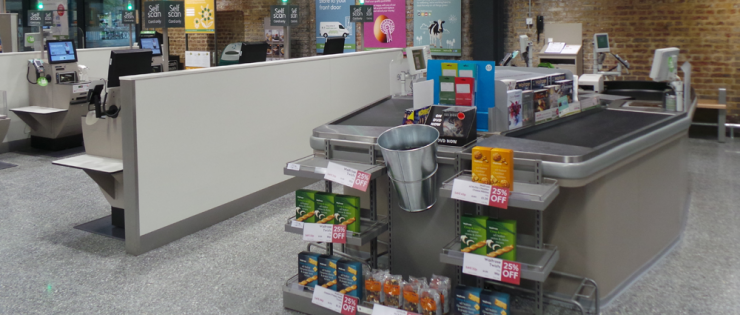
15/03/2016
This article was published in the February 2016 issue of STORES Magazine.
The past year has been a momentous one for global retail, with strategic shifts well underway as consumers embrace smaller formats and discount concepts. Leading retailers have taken up the challenge and are responding through new store concepts, or the reinvention of existing ones, that are closely aligned to modern consumer demands.
The Planet Retail team has chosen what it believes are five stores which best illustrate the changing face of retail around the world.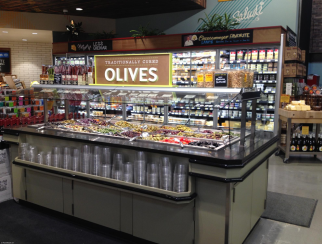
WHOLE FOODS
Alpharetta, Ga.
Whole Foods’ tech prototype store features its traditional premium and local merchandising and service departments with an increased focus on technology and shopper experience. As mainstream rivals have muscled in on Whole Foods’ proposition, the retailer is staying ahead of the curve.
The retail-tainment factor remains strong with the use of customer-facing digital technology including the Whole Body Mirror, which shows shoppers their reflected forms as one of three auras — refresh, energize or relieve.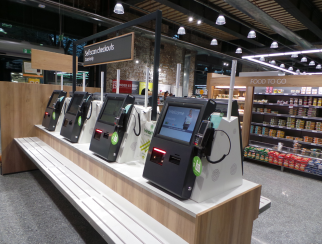
WAITROSE
London
In September, upmarket U.K. superstore chain Waitrose opened a store in London’s King Cross district. The 21,000-square-foot store, housed in a former train shed, brings together some of the retailer’s latest thinking, especially with regard to foodservice, an area in which we believe Waitrose can be considered best in class for a U.K. grocer. It is also a great example of how to juxtapose historic charm alongside the requirements of a 21st-century grocery chain.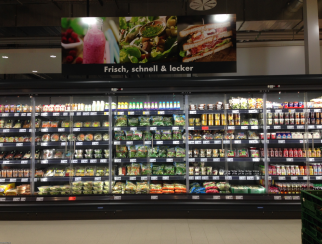
KAUFLAND
Frankfurt, Germany
This store is unique among Kaufland holdings because it combines elements of a discounter to underline the chain’s price focus while also including areas which appear more premium in nature. At 57,000 square feet, it is the largest Kaufland in the city.
The concept reflects the balance many big-box operators are attempting to maintain, offering discount-style features to appeal to the price-conscious while also providing additional services, excitement and premium ranges.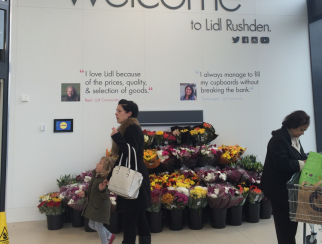
LIDL
Northamptonshire, England
Discount giant Lidl opened this new concept store late last year. At 15,000 square feet, it is significantly larger than the average Lidl, taking elements used in more recent stores and ramping them up a notch, including signage which helps portray a more quality-oriented, sophisticated and cleaner image. The store also features an expanded fresh produce department, self-checkouts and a larger premium range.
The opportunity is for Lidl to appeal to middle-class shoppers who have so far failed to succumb to the discounter’s charms. But as Lidl moves further away from its discounter roots, the danger could be in alienating existing core shoppers and eroding the differentiaton it enjoys with its mainstream supermarket rivals.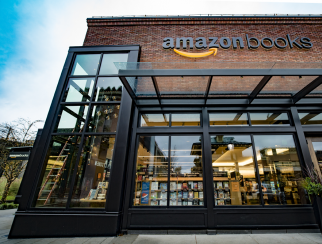
AMAZON
Seattle
Amazon opened its first physical bookstore in late 2015. The selection of about 6,000 titles is chosen through the power of data, with Amazon leveraging its online store to fully understand which books will sell, ensuring the store carries a popular range that reduces the problem of unsold inventory.
A physical presence for any online player is about customer acquisition, brand building and catering to how consumers engage, interact and shop their favorite brands. The store remains essential; it just needs re-inventing for the digital age. If there is one retailer that can retool the bookshop experience, it is Amazon.
Fonte:https://nrf.com/news/planet-retails-five-stores-of-the-year